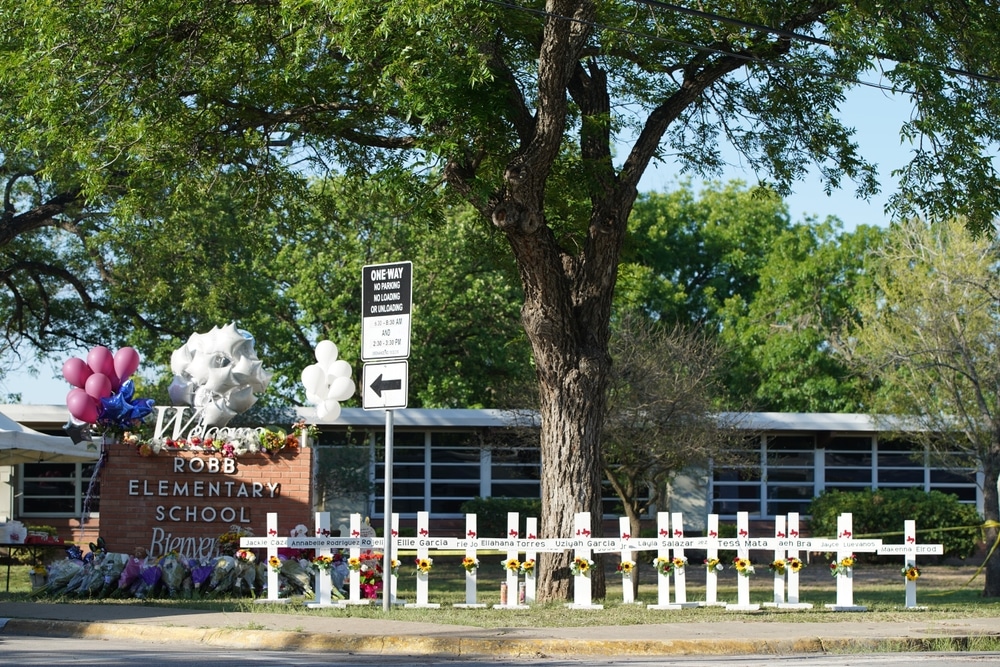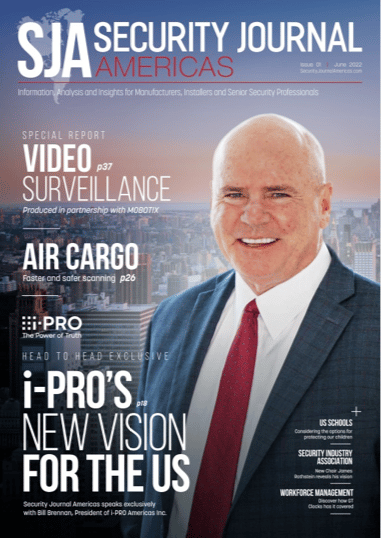Exclusive: How we can make schools safer in USA


Victoria Rees
Share this content
Following the tragedy last month in Uvalde, Texas, Ron Baer, Director of Business Development for K-12, ASSA ABLOY Opening Solutions, considers the future of protection in US schools.

We’ve experienced far too many horrific tragedies and lost lives at American schools over the past quarter century. Even one is one too many. The level of grief and sorrow is overwhelming. The devastation to families and survivors, unfathomable. For most of us, it seems like the prospects for light at the end of the tunnel are slim, especially as it pertains to an act of violence. But there are solutions that can help.
Universal locking solutions
Determining the best K-12 access control measures continues to be a vitally important, evolving and complex security challenge. In the aftermath of an attack at a school, even in a distant city, that challenge quickly ramps up to a heightened sense of urgency. School districts can feel pressure – from students, parents and the community – to just “do something”. This pressure to take immediate action is understandable: keeping students safe and secure is among the primary missions of a school. But reacting with haste should not override security common sense.
Adding to this challenge in recent years is a market that has become inundated with secondary-locking devices that actually make things much more dangerous for students and don’t provide much in the way of actual security. These devices come in the form of wedges, bars, or additional latches of some type designed to essentially jam a door in place to keep attackers out. But in doing so, they potentially violate fire and safety codes.
The key differentiator between the correct solution and products that violate code is that one is a cutting-edge design and robust technological answer; the other is simply dangerous.
Lockdown procedures
Another universal issue we see during consultation with schools is how to properly conduct lockdown procedures. The issue here is that the narrative on best practices has evolved over the past few years.
Today’s best practice is to secure perimeter doors from a central location while allowing interior doors to be locked by staff and faculty using their own situational awareness. This requires providing the correct training for staff and implementing the correct technologies.
For an urban school, where it’s easier to consolidate ingress and egress to just a few doors, it may be possible to rely on school resource officers or security guards to control access at the perimeter. An urban environment with few entrances can utilize the right blend of staff, video surveillance and metal detectors to quickly provide the right response during a lockdown.
Rural schools
While rural schools can also benefit from a technology offering remote lockdown, they see additional challenges as these locations typically contain multiple perimeter openings across multiple buildings. Also, because rural campuses tend to build out rather than up, the acreage, sports facilities and parking lots also need to be secured. The resulting challenge is an abundance of keys and a difficult credential management process.
One solution is implementing Intelligent Key Systems with eCylinders. These technological upgrades can be retrofitted into almost any lock – from a traditional door in a school to a padlock on a chain-link fence. The brass key for these openings is replaced by a smart key. This provides the benefit of an audit trail for accountability and easy credentialing that can be added or revoked using software, which eliminates costly rekeying if a key is lost.
Today’s school environment priorities
Districts and schools have individualized requirements and unique procedures to follow. Gone are the days where students all sat at desks period after period facing the teacher at the front of a room with the door closed. Today, it’s more about mixed use indoor/outdoor environments for project-based experiential learning, more daylighting and fluid movement and, most important, solutions that protect against attacks and forces of nature. There’s also an expanding migration to electronic access control solutions.
How electronic access control moves the needle
Designing security for more open spaces, more flexible classroom locations and more glass can be complicated, but it is attainable. Electronic access control (EAC) is an effective way to make the shift more manageable. EAC allows for instant customization depending on the entry or classroom configuration and who needs to be where and when. If a school has the flexibility of onsite control, authorized teachers and staff can nimbly manage access around time of day, facility use, room capacity and changing situations, including unexpected events.
Storm solutions
For 22 states, the need for high wind solutions is also critical. The challenge in these environments – whether it is hurricanes or tornados – is the need to meet code as mandated by the local, regional and federal governments.
Post-installation
After products are installed, make a point of communicating to the entire school the correct way to implement these solutions for the best results.
Best practices for planning school security
The best way to land on the right fit of solutions is to establish a broad, cross-functional team or committee of stakeholders to share needs and collectively learn about security innovations and trends. This team can develop and implement the appropriate safety, security and wellness strategies. It’s also essential to tap into the expertise of ASSA ABLOY consultants from the project conception, in conjunction with architects and partners who will be involved in projects.
This is an edited version of Ron Baer’s story in the June 2022 issue of Security Journal Americas as part of an analysis of campus security in the wake of the the Uvalde attack.
You can read the magazine online HERE School safety coverage starts on Page 64 and Ron Baer’s full article from Page 68.



